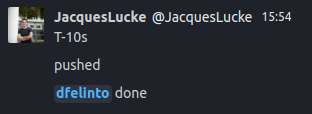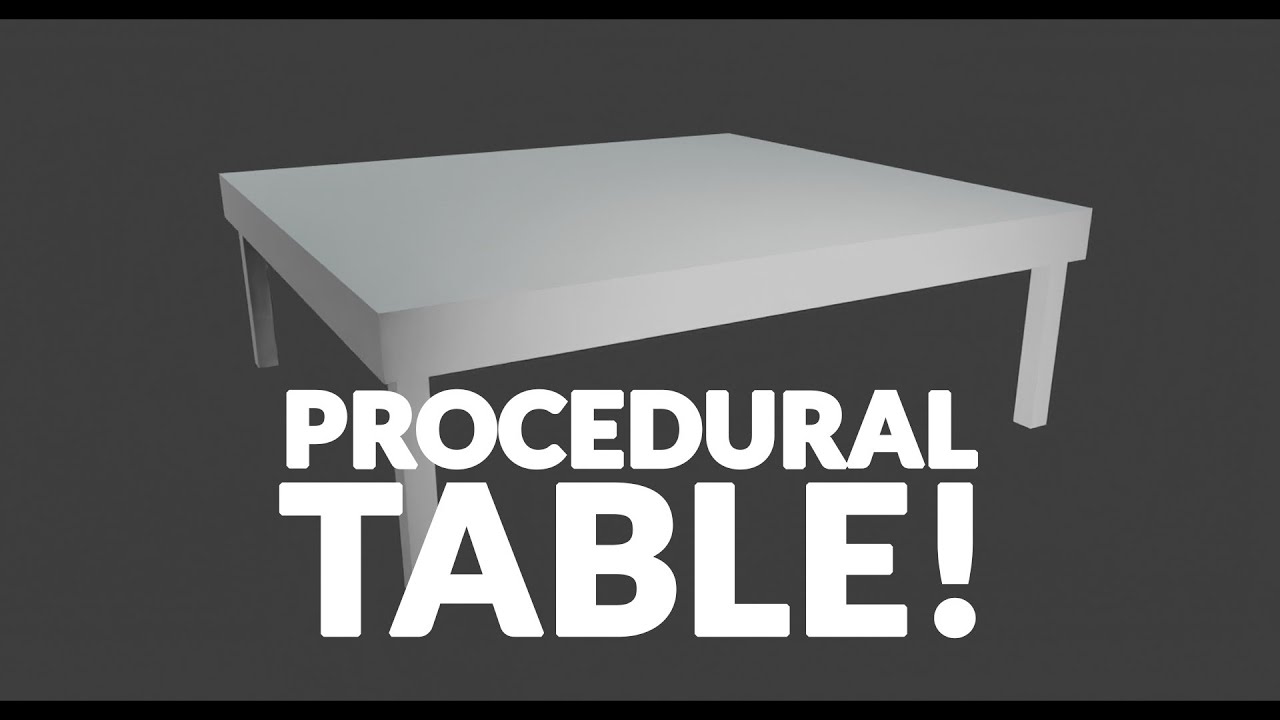Yiikes! I didn’t think of that. Well at the moment what happens if you do that?
You get nothing, empty output. Not great, would be nice if this was indicated somehow, maybe with a error-pink box, but at least it’s safe.
Agreed. In general I think one important thing for us to do will be to add error or info messages to nodes so you can see where the evaluation goes wrong. Or something else with the same effect.
And yes, I also think it’s important that the modifier input and output in the node group be explicit. There can always be a viewer node in the future to speed up previewing intermediate results.
Amazing how far this goes considering how little nodes are available today. Incredible.
That is why it was such a big deal when Cycles brought proper node-based shading to Blender.
What makes node-based workflows so powerful is because when nodes are added, the possibilities will either multiply or go up exponentially (which depends on what nodes are added). This is a major reason why people often sing the praises of Houdini (because it does many things no other app. can do).
I can only imagine the crazyness once the community starts to create both add-ons and node groups/templates.
Right.
Just watch what nodevember guys can do with math and displacement, and think of what will be possible with actual geometry!
I would think the way he created the table (by duplicating the mesh, flipping the scale, and not using booleans) would lead to Z-fighting issues if he tried to render it.
I find that method a bit haphazard, but it gets the job done in showing what geometry nodes can do.
Any news regarding new nodes or workflows?
The Mix Attribute node.
https://developer.blender.org/rB3fbd694680c0d225d42405e7b3437fbda9cd2c95
It is like the color mix node for shaders, but for object attributes. Meanwhile, the devs. are working to get the geometry nodes into master (which was originally planned for yesterday, but ran into some issues).
I don’t know if it will be possible with Geometry Nodes, but I really hope to see some sort of falloff implementation like Animation Nodes. Is it possible to simulate it only with attributes?
Optimization; Give point distribution the ability to be tiled (ie. like a texture).
https://developer.blender.org/rB97a24b32f04c2f53dbaa70ee838b08391bdf92f5
the Point Separate node
https://developer.blender.org/rB4eef1d2edc16b113e2ef83e0279e555cbb2e0884
It essentially duplicates the input geometry and moves it elsewhere, I guess for some finer distribution control.
Isn’t this essentially what the array modifier does?
The Geometry Nodes are ready to land any minute now:

EDIT: And it’s done!

I don’t think it necessarily means “tiled in a grid” (which is what the array modifier does). It can still be a randomized distribution, but controlled at the edges of the distribution space so as to repeat seamlessly. Unless I’m completely out of the loop, and you know… that’s possible
Is there any documentation on how attributes works?
Falloff as in proportional editing ? I expect we should be able to get distance from and to any component, and from there it’s just a matter of piping in a “map range” node and making sure the tomin and tomax values go decreasing. (and possibly a “curves” node on top of that for a custom interpolation curve)
Not exactly as in proportional editing, but something more like Animation Nodes where you have several types of threshold options to make your objects move, rotate or scale. For example, a noise fall off, an object controller falloff, a random falloff, etc.
